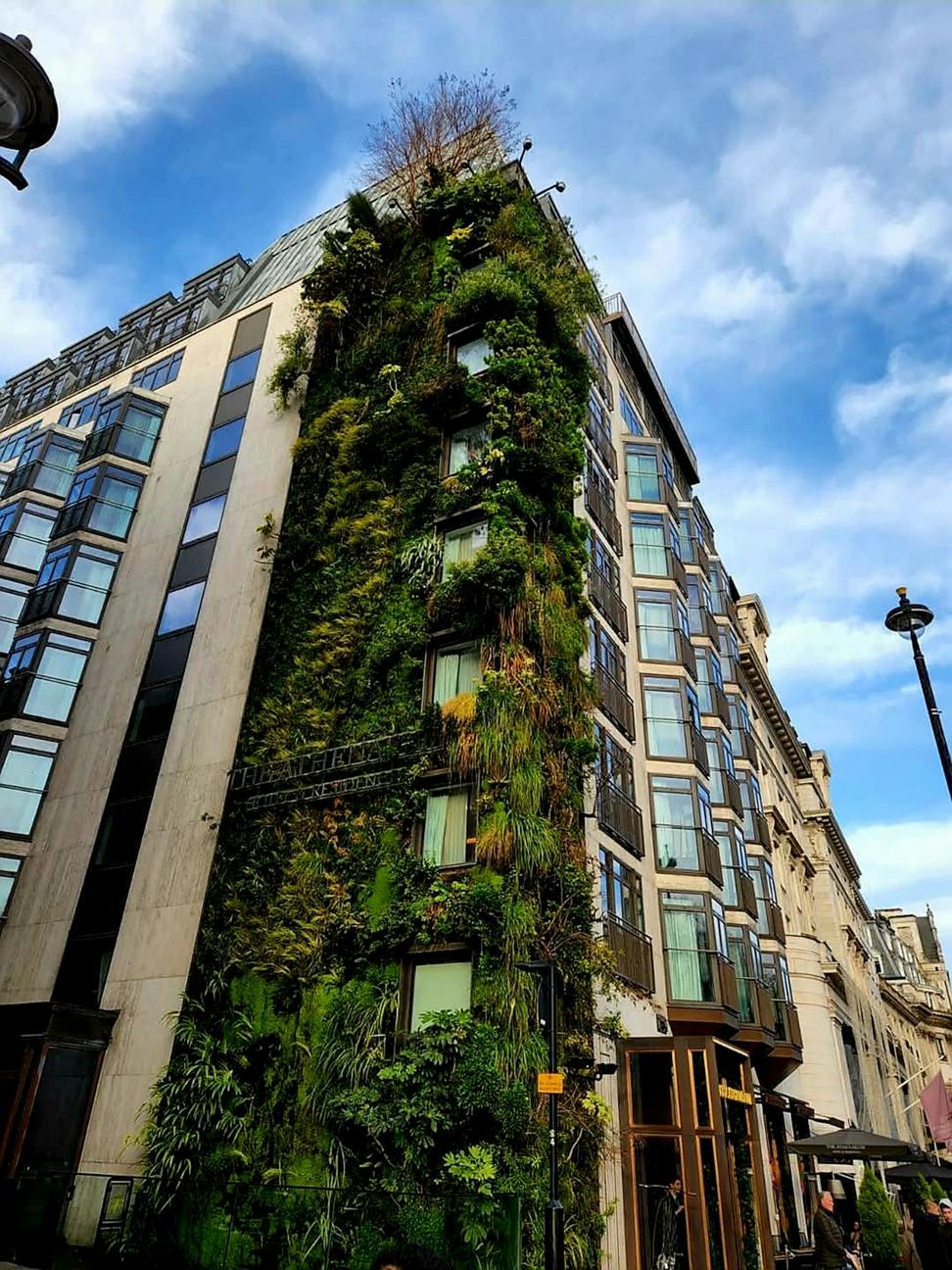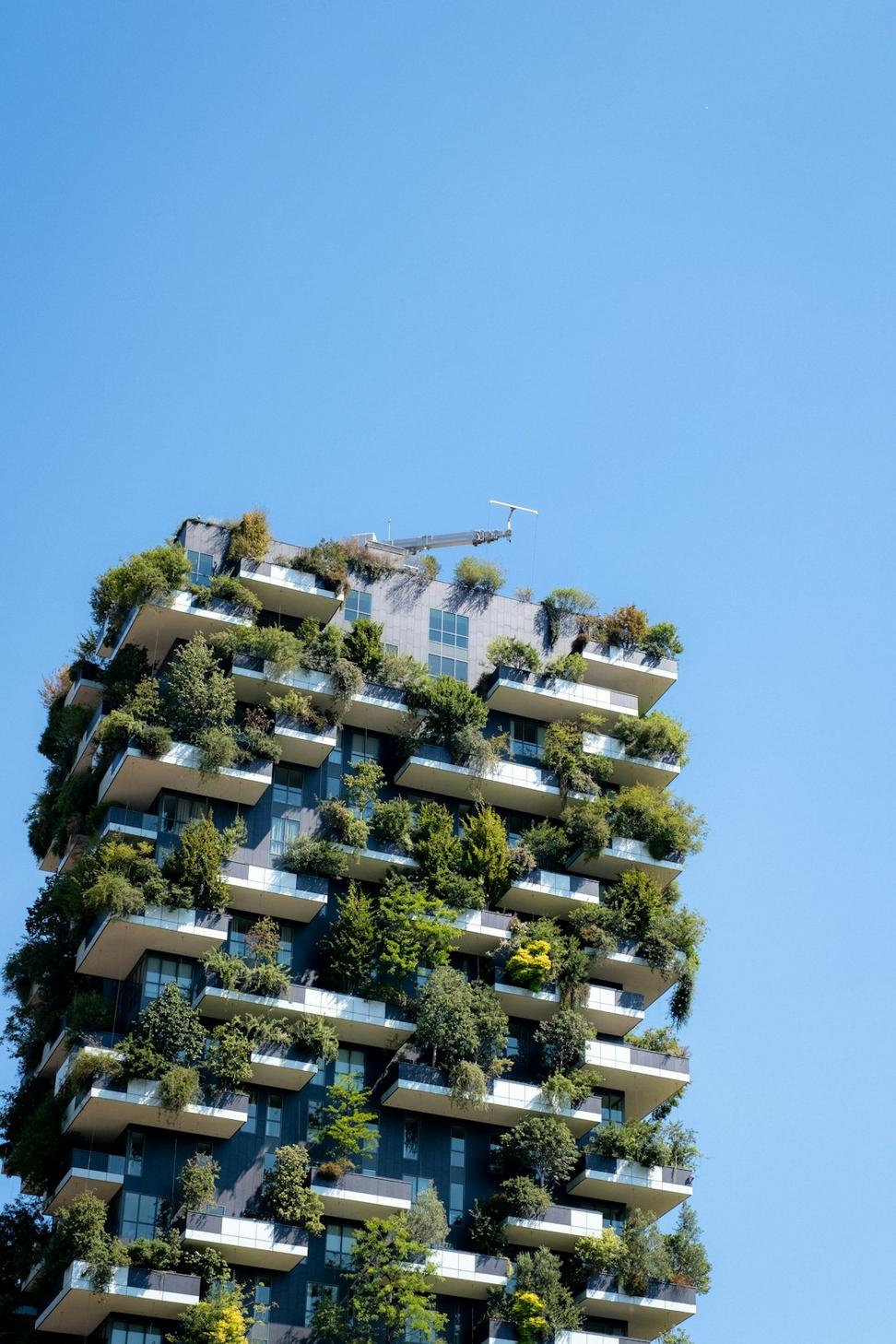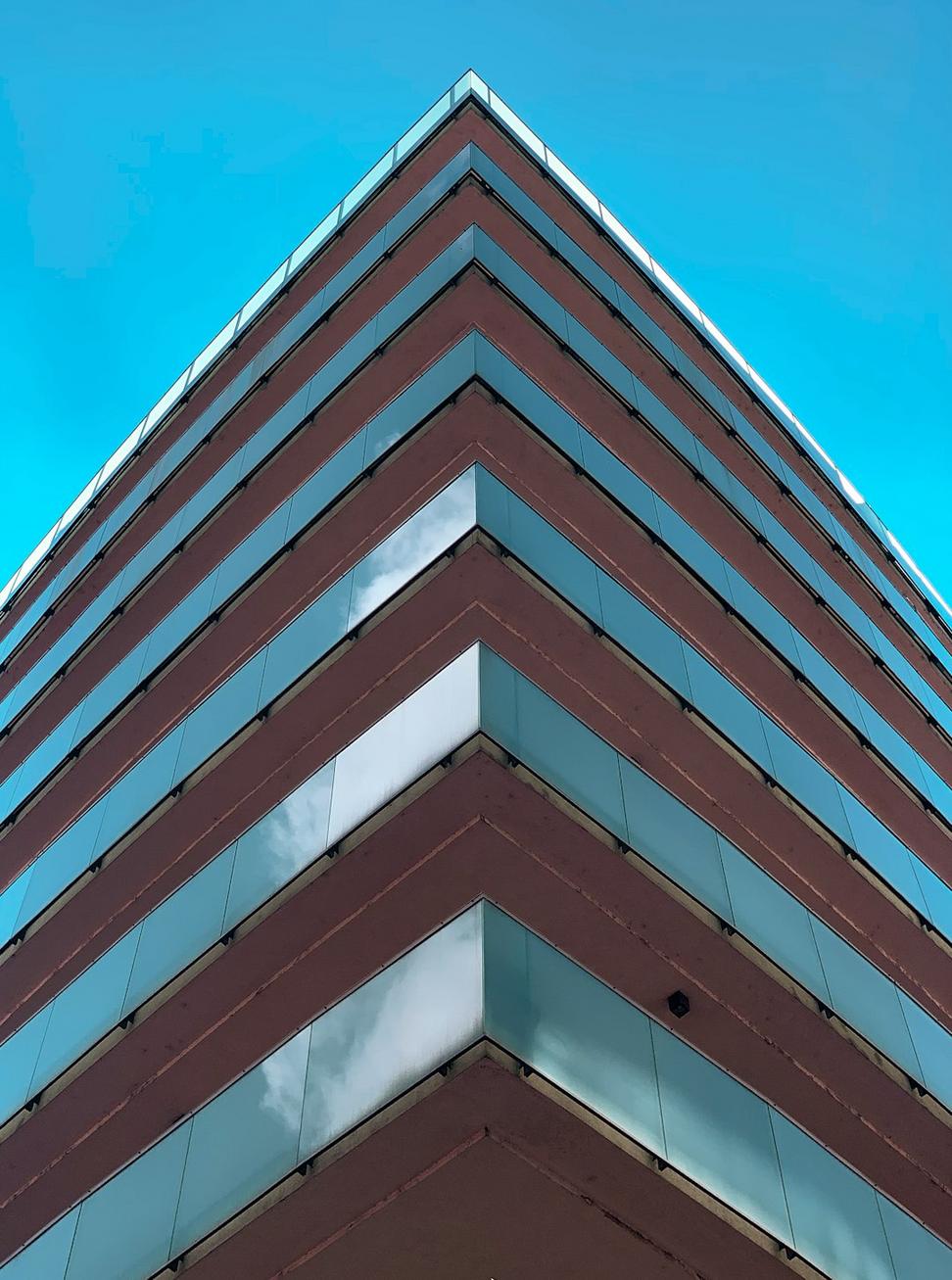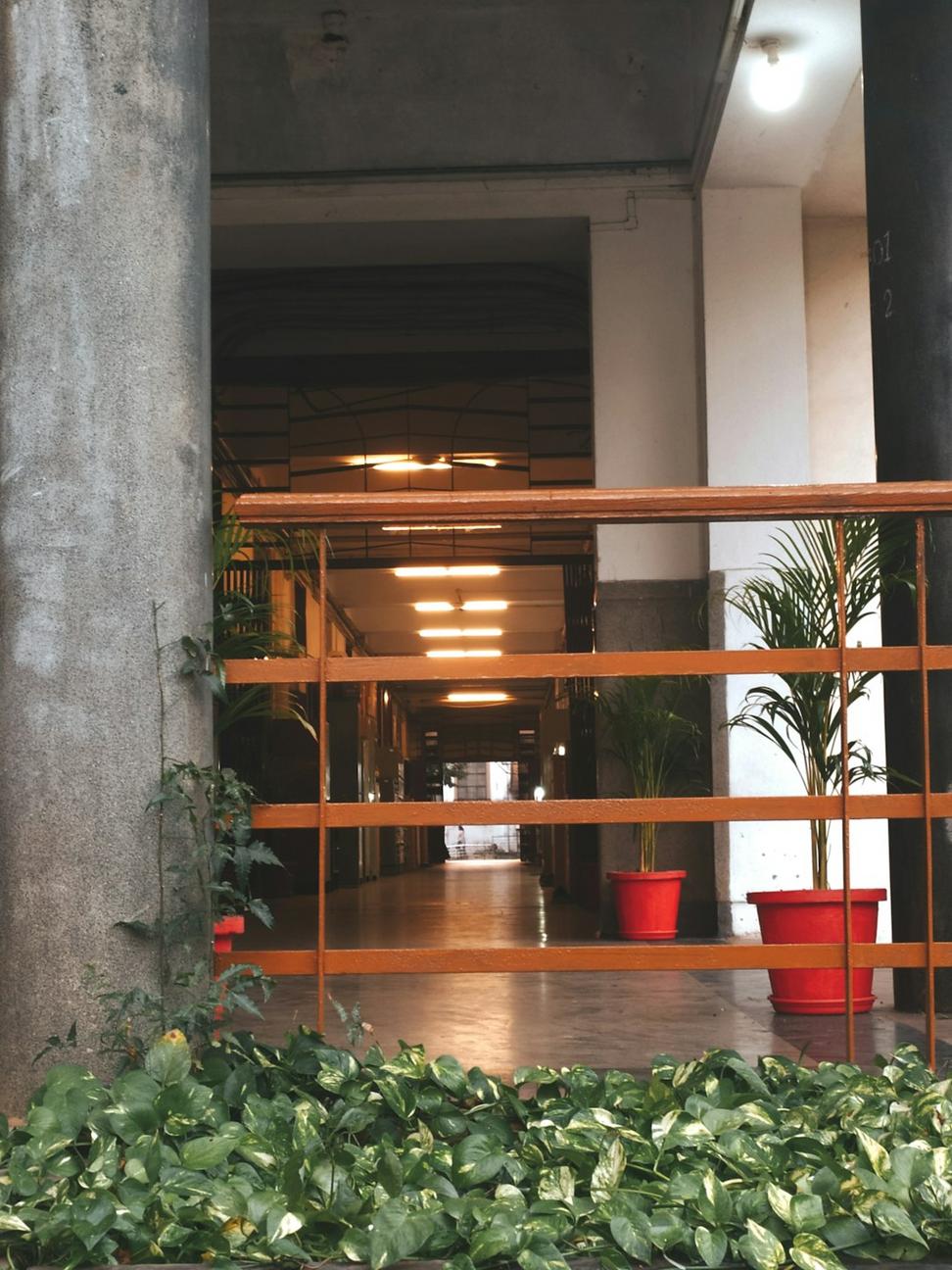
Building with Purpose
Not just because it's trendy—because there's literally no other way forward
It's not some fancy add-on we tack onto projects when clients have extra budget. It's literally baked into everything we do from day one. Been that way since we started back in 2008, way before everyone else jumped on the bandwagon.
Look, I've sat through enough conferences where people throw around terms like "net-zero" and "carbon-neutral" without really understanding what goes into it. Real sustainability? It's messy, it's complicated, and honestly, it takes a ton of upfront work. But we're kind of obsessed with it.
We've learned the hard way that you can't retrofit sustainability into a design that wasn't conceived with it in mind. You've gotta start there—with the sun's path, the prevailing winds, how water moves across the site, what materials are actually available locally (not just theoretically). That's where the magic happens.

Before we spec a single solar panel or fancy HVAC system, we're obsessing over building orientation, window placement, thermal mass, and natural ventilation. You'd be shocked how much energy you can save just by thinking about where the sun hits your building. We've got this one commercial project in Mississauga that cuts cooling costs by 40% just through smart shading and cross-ventilation. No tech required.
We're big believers in using what's around us. Reclaimed timber from deconstructed barns, locally-quarried stone, recycled steel—not because it looks rustic and cool (though it does), but because shipping materials halfway across the world is nuts. Plus, there's something about working with materials that have a story. Our team tracks embodied carbon for every major material choice, and yeah, it's tedious, but it matters.
Ontario's weather is all over the place, right? We design for it. Rainwater harvesting, greywater recycling, permeable surfaces, bioswales—the whole deal. Had a residential client in Rosedale who hasn't paid for garden irrigation in three years because we set up a proper rainwater collection system. Their basement's also never been drier. Win-win.
Once we've squeezed every bit of efficiency out of passive strategies, then we talk tech. Geothermal heat pumps, solar arrays, high-efficiency systems—but only what actually makes sense for the site and budget. I've seen too many projects with solar panels stuck on north-facing roofs just for show. We don't do that kind of performative sustainability here.

Yeah, we've got the fancy letters after our names. But these aren't just wall decorations—they represent thousands of hours learning how to actually implement this stuff in the real world, with real budgets and real building codes.
5 team members with LEED AP credentials. We've shepherded 12 projects through LEED certification—Gold and Platinum levels.
Three certified Passive House designers on staff. The standard's tough but worth it—we're talking 90% energy reduction.
Because sustainability isn't just about the planet—it's about people too. Indoor air quality, daylighting, it all matters.
Currently working on our first LBC project. This is like the Olympics of green building—wish us luck.
These aren't projections or estimates—this is measured data from completed projects over the past five years.
Average Energy Reduction
vs. baseline code requirementsLiters Water Saved
annually across all projectsConstruction Waste Diverted
from landfills through recyclingTonnes CO2 Avoided
equivalent per year
This one's a good example of everything coming together. Old industrial building in Toronto's Junction neighborhood—complete gut and retrofit for mixed-use commercial space.
We kept the existing structure and envelope (huge embodied carbon savings right there), added a living roof that manages 95% of stormwater on-site, installed a geothermal system paired with radiant heating/cooling, and maxed out daylighting to reduce artificial lighting loads.
The tricky part? Working within Toronto's heritage guidelines while pushing energy performance. Took some creative problem-solving with the windows—we found a manufacturer who could replicate the historic steel frames but with modern triple-glazing. Not cheap, but it worked.
The goalposts keep moving—and that's a good thing.
We're committing to carbon-neutral operations within our own office and tracking embodied carbon on 100% of projects. It's ambitious but doable—we're about 60% there already.
Starting next year, we're publishing full material disclosures for every project—where stuff comes from, how it's made, what the environmental impact is. Holding ourselves accountable.
We're working on open-sourcing some of our modeling tools and detail libraries. If we figure something out that works, why keep it to ourselves? Rising tide lifts all boats and all that.
Got a project that needs a sustainable approach? Or just wanna talk about geothermal systems over coffee? We're here for it.